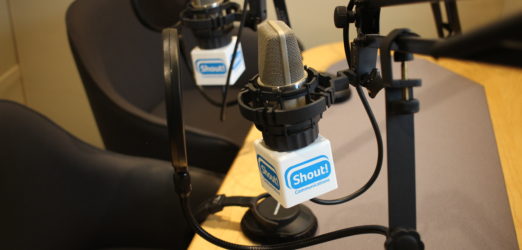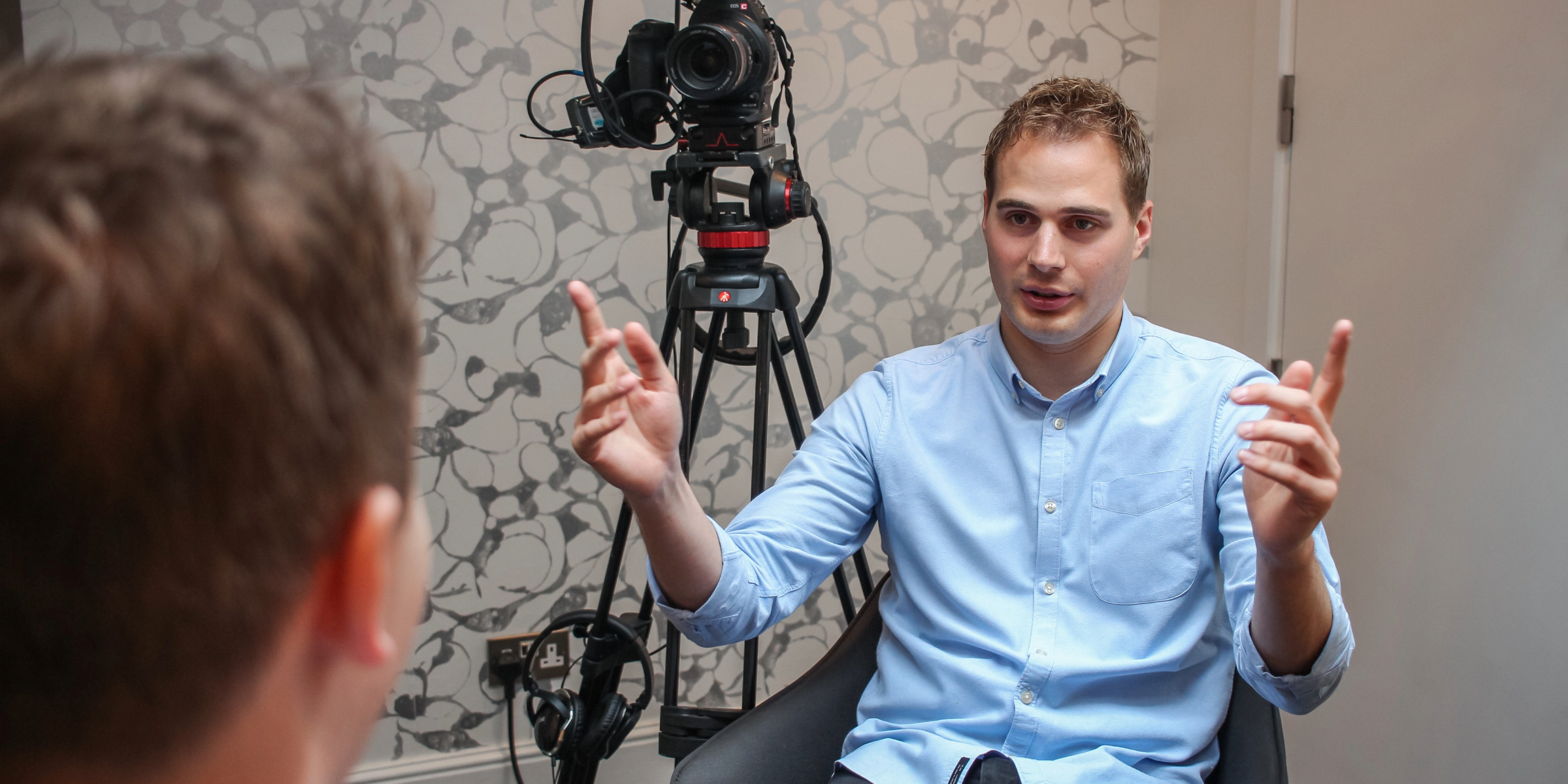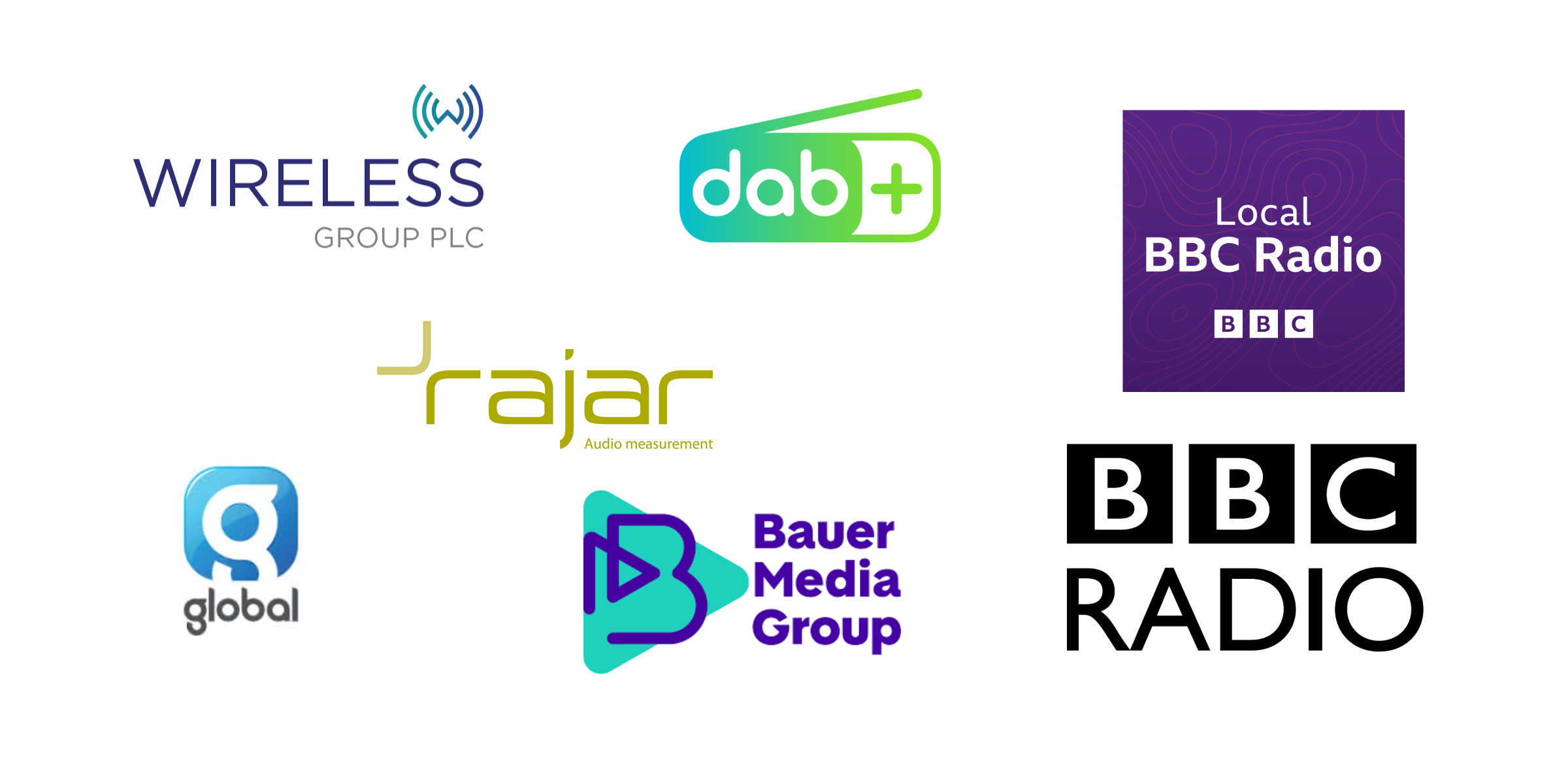Two months in and as lockdown measures ease just a tiny bit, so does the news agenda, thankfully in favour of PR generated stories. It’s been a challenge, but we have secured good coverage every week of the lockdown so far, for each and every client we’ve worked on. The more time that has passed however, the bigger the appetite for alternative stories.
Television and radio PR campaigns that have fared the best have had some sort of positive link to COVID-19. Exercising at home, eating well and mental health are good examples of the sorts of topics that have gone down well. But we’ve already reached the point where other stories are attracting attention too. If broadcasters like the story they’ll cover it. Potholes, stolen dogs, superfoods, business investment and cyber security are among the smorgasbord of stories that have been treated favourably by broadcasters recently for our clients.
So what does the future landscape look like for broadcast PR?
In the immediate future we predict nothing will change within broadcast PR. Broadcasters have all but a skeleton team still working from home. Interviewing guests via Skype for TV and Facetime, WhatsApp or landline phone for radio has become the norm. There’s no way anyone will be invited into a studio anytime soon! Today’s technology is convenient and cheap, and we predict these methods of interviewing people are set to stay.
Advertising revenues for commercial broadcasters have plummeted during the pandemic. Without question broadcast newsrooms are going to have to cut back and further redundancies will be on the cards. TV news producers will push the boat out, sending crews and reporters on location for the best stories, but PR generated content doesn’t often fall into this category. Filming and editing a video report is much more expensive to produce than a live interview, so our PR spokespeople and brand ambassadors should anticipate more of the same – that is, live interviews conducted remotely.
Tackling remote interviews
The best thing to advise your client or spokesperson to do is get really good at doing Skype interviews. Looking into the camera – helped by raising your laptop slightly higher than you would have it when typing – is the single most effective thing you can do. Think about the background too. No one expects you to be in an executive suite office but the background must be appropriate – so nothing political (unless you’re talking politics), offensive or distracting.
Try and keep background noise to a minimum. We all remember CNN’s interview with the professor, whose kids toddled into the room! Ideally position yourself in an area with soft furnishings that absorb sound, in contrast to a hard floor and bare walls for example, off which sound bounces.
Live interviews, great for filling up airtime, need to be approached differently from pre-recorded ones, from which a journalist is more likely to extract just a short soundbite. In a pre-recorded interview you can repeat the key message a couple of times, working it into different answers, because only a small part of the interview will be used. With a live interview, you can only brand a couple of times – ideally within the first answer or two, as you never know how many questions you’ll get. Given a choice always go for a live interview; they might seem more daunting, but you’ll get more airtime and opportunities to communicate what you really want to say. If you would be interested in developing your skills as a spokesperson, we offer a comprehensive program of media training.
On location live interviews are largely on hold. Legally they can take place as long as social distancing rules are adhered to. But no broadcaster will take the risk unless the story really merits it and at the moment, all satellite trucks are parked up with nowhere to go.
Television is however all about the visuals, so, if broadcasters won’t come out to do their own filming, it’s worth thinking what moving pictures your client already has or that could be effectively and safely produced for them. I’m talking B-roll footage, that is 6-8 minutes of roughly edited footage, filmed by agencies including the team at Shout! Communications, that is distributed to broadcasters free of charge and any copyright issue.
Arguably, at no time in the history of broadcast PR has B-roll ever been as useful. The pandemic, a plethora of hard news stories and newsroom cutbacks means if you can provide a broadcaster with footage similar to something they would have shot themselves they’ll snap it up.
As the world adjusts to the new normal we suspect broadcast will be among the many areas that comes into the new world looking very different. We need to evolve, embrace the new ways of working and beneath the dust we’re confident we’ll still find nuggets of broadcast gold.
The opportunities are coming back – and if you’d like to see how we can help you achieve the best quality opportunities and production, drop us an email at hello@shoutcommunications.co.uk. Or call 020 7240 7373.



